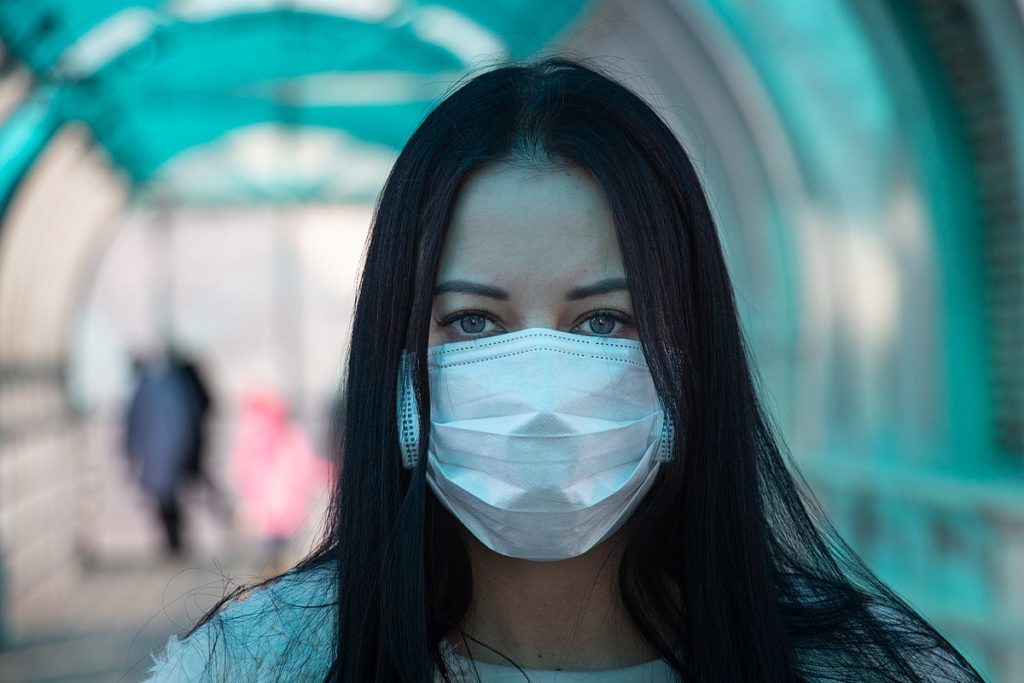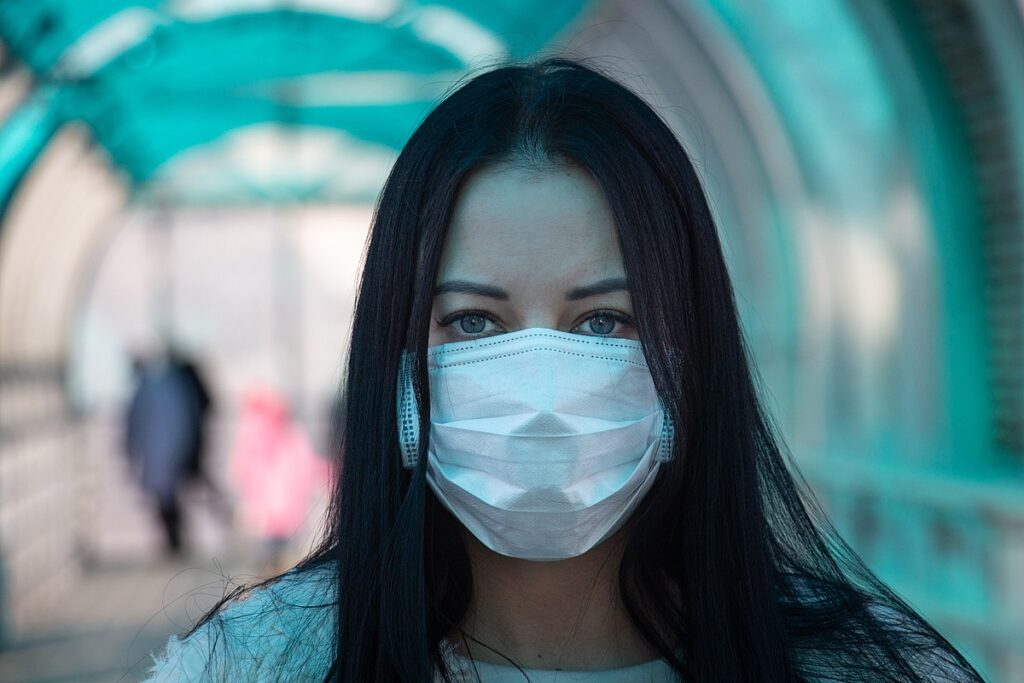
Since the beginning of the COVID-19 outbreak in December, China has taken a huge hit to its international reputation. Harshly criticized by foreign journalists for its initial coverup and delayed containment response, China now faces a remarkable challenge: repairing its image and restoring its position as a global leader. With a significant slowdown of new cases within its borders and the spotlight on the United States as the new epicenter of the outbreak, China has begun taking advantage of the fragile situation abroad to change the narrative surrounding the virus.
Origin Theories
One of the CCP’s primary objectives is reframing the coronavirus as a non-Chinese disease. At a February press conference in Guangzhou, Zhong Nanshan, a Chinese respiratory specialist who has been leading the government response, stated: “Though the COVID-19 was first discovered in China, it does not mean that it originated from China.” Furthermore, Lijian Zhao, an official spokesperson for the Chinese Ministry of Foreign Affairs, posted a tweet in early March stating, “it might be [the]US army who brought the epidemic to Wuhan … US owe us an explanation!”
Zhao also shared a link to an essay which blames the US for the outbreak, published by Global Research, a Canadian organization known for anti-Western conspiracy theories. As American officials like President Trump and Secretary of State Mike Pompeo have repeatedly called out China for its role in the spread of the virus, referring to COVID-19 as the “Chinese virus” and the “Wuhan virus,” it is clear the CCP has intentions to retaliate by shifting the blame to the US.
CCP Twitter Campaigns
Zhao’s tweet is only one example of a recent increase of Twitter use by Chinese authorities to exert influence; in the last year, tens of thousands of accounts posting pro-CCP propaganda have popped up across the platform, tweeting primarily in Chinese but also sharing content in English.
These accounts are easily identifiable — they all have stock photo profile images or no profile photo at all, zero followers, and only like and share others’ misinformation content so that it will trend. While previously these Twitter accounts were used to denounce democratic protests in Hong Kong, since the beginning of the coronavirus outbreak, there has been a sharp increase in tweets that spread misleading propaganda which seeks to reframe the CCP as a hero for its response to the pandemic.
Not only is China creating fake accounts on Twitter, a platform blocked for those within its borders, it is also hacking and taking over existing accounts owned by users around the world. One example is the case of Kalen Keegan, a college student at the University of Nebraska who found herself unable to login to her account last year. According to an investigation by ProPublica, her profile photo and biography was changed, and the account regularly began posting tweets condemning the Hong Kong protests.
Like Keegan, other users are seeing their accounts overtaken and used to spread propaganda which applauds Chinese efforts to reduce impacts of the coronavirus or assigns unsubstantiated blame to the US. Moreover, Chinese operatives are soliciting assistance from real Twitter users, directly offering funds to influential Chinese-speaking Twitter users to create coronavirus propaganda posts.
China as a Global Health Provider
Although the US previously led the world in responding to global health crises, China is currently dominating in COVID-19 aid while the US addresses the outbreak domestically. While China itself slowly continues to recover, the CCP has already launched a global aid offensive to regain trust abroad, providing masks, hazmat suits, and test kits to countries severely hit by the virus. Additionally, it has sent teams of doctors experienced in treating the virus to help effectively treat foreign patients. Such moves highlight China’s desire to restore its image and strengthen relations with its allies.
However these efforts are not entirely fueled by generosity. China is not only donating supplies; it is also greatly profiting from selling its surplus of medical equipment to other nations. The CCP has been praised for shipping about as many medical supplies to Europe as it previously received in donation, but is not all free.
As international demand spreads, Chinese companies are increasing production of medical supplies to gain global market share. In the first two months of the year, 8,950 new manufacturers started creating masks in China. Companies that previously produced items ranging from iPhones to electric cars are now abandoning production of these goods in favor of selling masks. While the global economy falters, China seeks to restore its own footing and turn a profit by dominating distribution of the supplies urgently needed by those struggling abroad.
As the US remains occupied by the rapidly developing health crisis, China is taking advantage of the opportunity to step up as a global leader and shift focus away from its role in the spread of COVID-19. It remains unclear how the coronavirus will affect the international order long-term, but for now, China is doing all that it can to ensure it is not permanently knocked from power.
The views expressed by the author do not necessarily reflect those of the Glimpse from the Globe staff, editors or governors.







